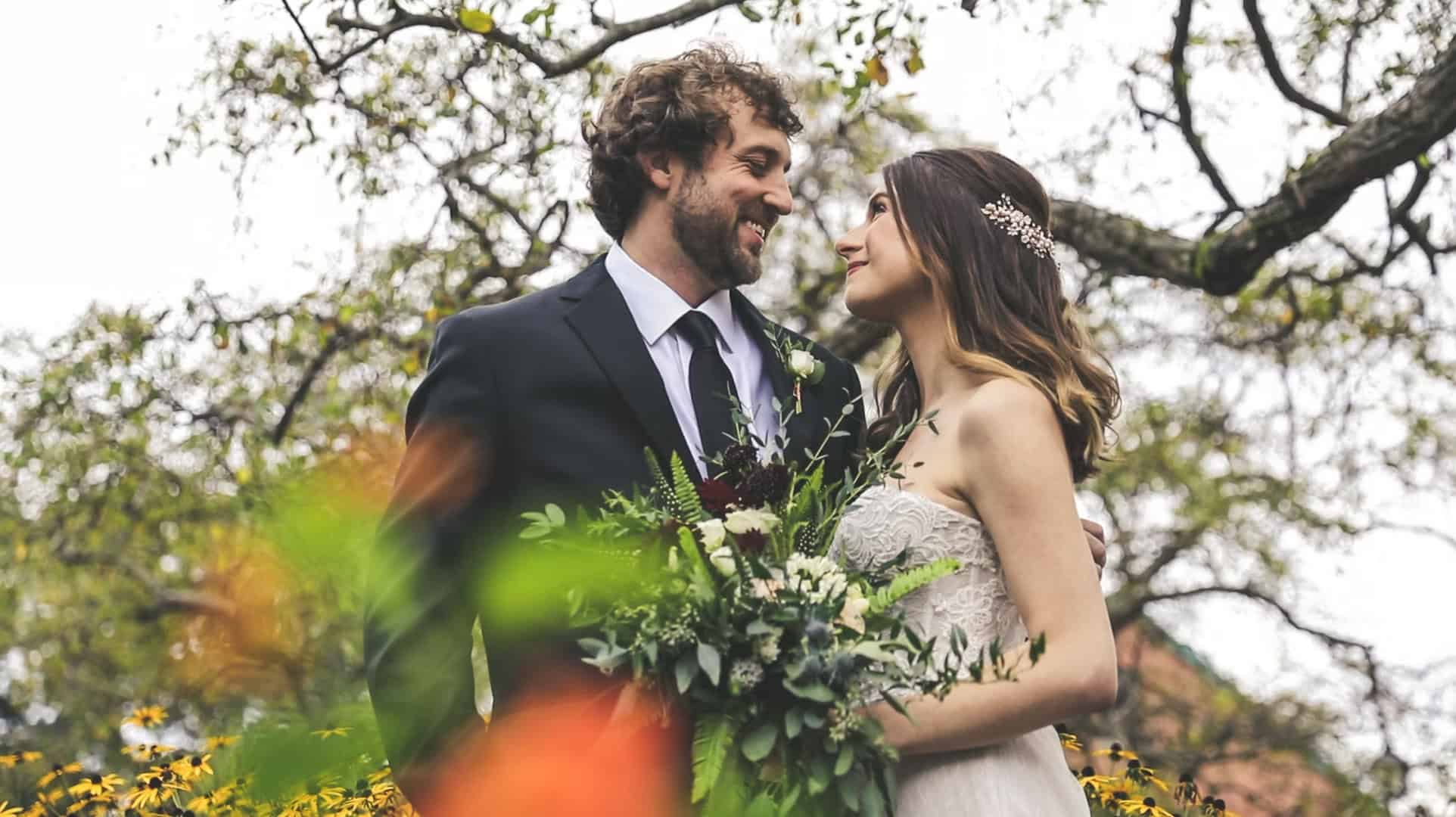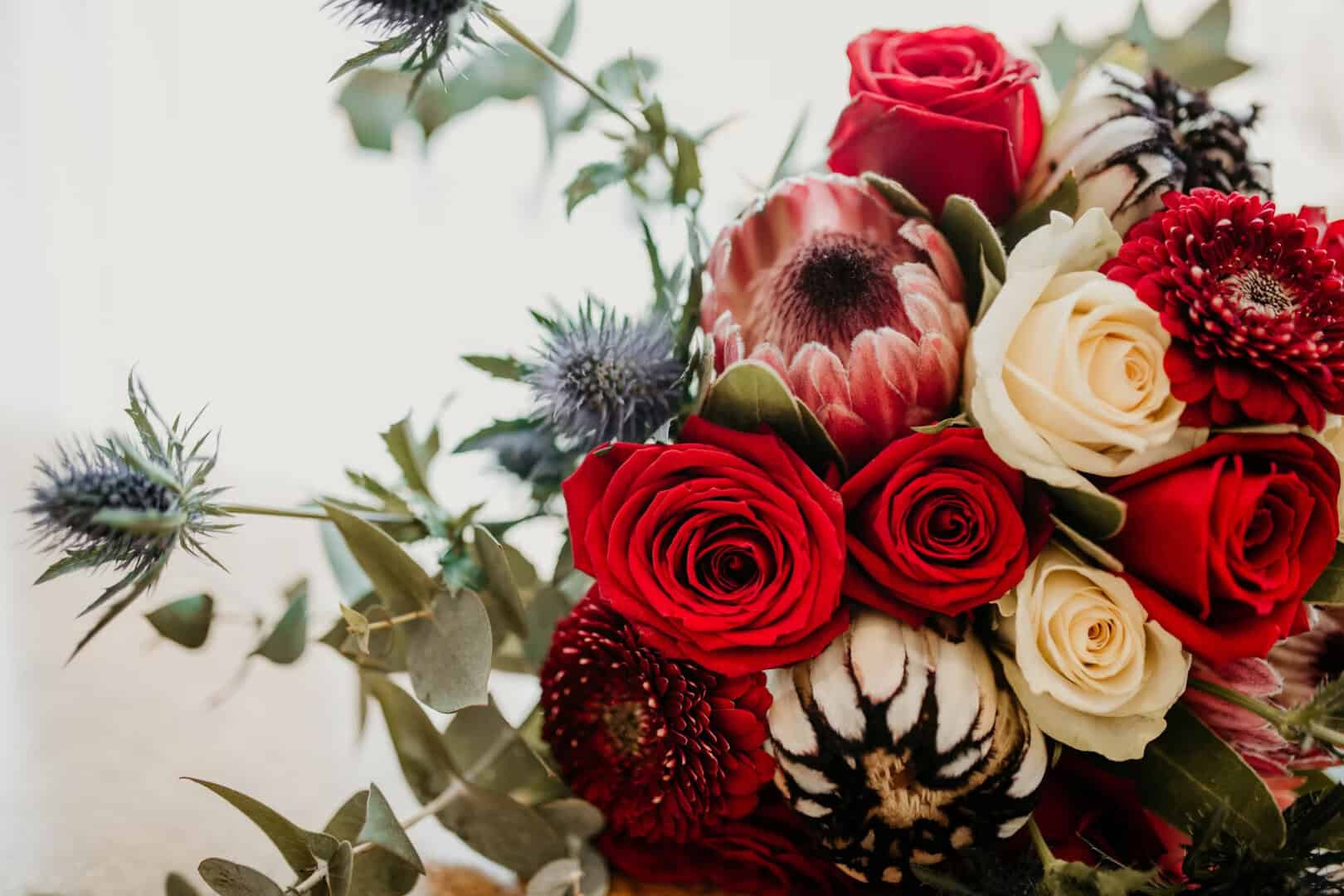Weddings are a celebration of love and joy, and choosing the right flowers can enhance the overall ambiance of the event. While spring and summer may traditionally be viewed as the prime seasons for weddings, fall and winter offer unique floral opportunities that can create stunning arrangements filled with rich colors, textures, and fragrances. In this article, we will explore wedding flowers during the fall and winter seasons, highlighting their beauty and elegance.
The Allure of Fall Flowers
The autumn months are characterized by vibrant hues and abundant blooms that resonate with the season’s spirit. When planning a fall wedding, consider the following flowers to incorporate into your arrangements:
- Chrysanthemums. Known for their plentiful blooms and diverse colors, chrysanthemums make a bold statement in any arrangement. They are particularly popular in shades of orange, burgundy, and yellow, echoing the vibrant autumn palette.
- Dahlias. These stunning flowers come in various shapes and sizes, offering a touch of drama. Available in warm tones like deep red, burnt orange, and soft pink, dahlias can beautifully complement a rustic or bohemian wedding theme.
- Sunflowers. A symbol of warmth and positivity, sunflowers bring a cheerful and rustic touch to fall weddings. They can be used as statement pieces or incorporated into mixed arrangements to add a splash of sunshine in the cooler months.

The Enchantment of Winter Blooms
While winter may present a challenge in terms of floral availability, several flowers can add elegance and charm to your winter wedding. Here are some notable options:
- Poinsettias. Often associated with the holiday season, poinsettias are available in red, white, and pink. They can serve as delightful accents in bouquets or centerpieces, adding a festive touch.
- Amaryllis. Known for their large blooms and exotic appearance, amaryllis comes in various shades, including white, red, and pink. Their striking appearance can elevate any winter floral arrangement.
- Evergreens. Incorporating evergreens, such as pine, fir, and cedar, lends a natural, rustic charm to bouquets and centerpieces. They not only provide greenery throughout the winter months but also symbolize endurance and longevity—an ideal sentiment for weddings.

Combining Seasonal Flowers for a Unique Look
One of the most significant advantages of planning a fall or winter wedding is the ability to create unique, personalized floral arrangements. Here are a few ideas to tie the season’s blooms together:
- Textures and Layers. Combine different flower types with varied textures, such as pairing soft dahlias with sturdy succulents or using delicate accents like berries with bold chrysanthemums to create depth.
- Seasonal Color Palettes. Use the seasonal color palette to foster cohesion within your wedding décor. Rich earth tones, jewel tones, whites, and greens can harmoniously blend to evoke the essence of fall and winter.
- Dried Elements. Consider adding dried flowers, grasses, or branches to your arrangements. Not only do they provide a rustic feel, but they also create visual interest and prolong the life of your floral displays.
Fall and winter weddings carry a seasonal charm that can be beautifully complemented by carefully chosen flowers. With an array of stunning options such as chrysanthemums, dahlias, poinsettias, and amaryllis, couples can create unforgettable floral designs. By focusing on textures, seasonal palettes, and combining fresh and dried elements, you can craft a breathtaking wedding that celebrates the unique beauty of these colder months. Embrace the splendor of the season and let your love blossom in full bloom, no matter the time of year!